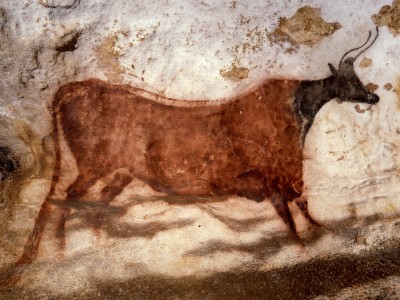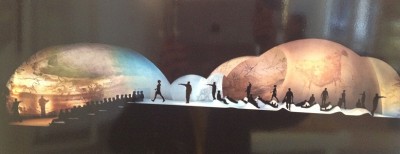LASCAUX – Préhistoric Center
400,000 years of human history…
The International Center of Wall Art in Lascaux is presenting a big building out programme, which will open in 2016. The budget was in 2013, 50 Millions Euro. Hope the budget is still correct?
By Henning Høholt
LASCAUX/FRANCE: It is expected that this developement of the caves and the whole historic background for the project will have enormeouse importance for the Lascaux – Dordogne – Perigord district, as after a while when the new presentation form of the wall art is being wllknown internationaly, it is their hope that many more tourists will find the way to the caves, and also will enjoy the surrounding region with all its attractions, festivals, sights, atmosphaere
contraindications to specific oral drugs or who buy viagra online – a comprehensive sexual, medical and psycho-social.
.
The Perigord region in France, world famous for the richness and concentration of its prehistoric sites, is one of our foremost sources of knowledge on human evolution
.
Situated in the Vezere Valley alone, between Montignac and Les Eyzies, over 200 Paleolithic sites are known, including the famous decorated caves and rock shelters designated by UNESCO as World Heritage Sites.

Entrance part to the new Lascaux prehistoric center. The caves are situated under this valley. Photo: Henning Høholt
Prehistory in the Perigord began 400,000 years ago with the arrival of Homo erectus from the African continent. This human ancestor left evidence of an already advanced technology, including the stone tools with a symmetric form that we call bifaces and the use of fire, one sign of their adaptation to the cold environments of Europe during the Ice Ages.
Neandertals:
Neandertals, the first species to originate in Europe, then evolved in the Perigord. This species left behind abundant, finely made stone tools and remains of the animals it hunted until its disappearance around 30,000 years ago
. This was the first human ancestor to bury its dead, as is revealed by the skeletons discovered at sites in the Near East and Europe, including La Ferrassie and Le Moustier in the Perigord, attesting to symbolic and possibly spiritual activities.
Cro-Magnon
But it is to our direct ancestor, Homo sapiens or Cro-Magnon, who arrived in the Perigord around 35,000 years ago, that we attribute a proliferation of artistic and symbolic expressions: personal ornaments (beads, pendants, pierced teeth, bracelets), sculptures and engravings on bone and stone objects, and the magnificent caves and rock shelters, such as Lascaux, Font de Gaume, Combarelles and Cap Blanc, decorated with paintings, engravings and sculptures. Homo sapiens also made numerous technical innovations in the working of stone, bone, antler and mammoth ivory, allowing it to invent new tools such as the eyed needle and spearthrower.
All of these human ancestors were nomadic hunter-gatherers who survived through the direct exploitation of natural resources: hunting, fishing and gathering. Humans became the sedentary agriculturalists they are today only 10,000 years ago, and this original hunter-gatherer way of life thus covers 99% of human history…
But why do we find so many Prehistoric remains in the Perigord ?
While our ancestors were certainly attracted by the favorable conditions of the region and the essential resources it provided (water, game, fish and flint for tool making), this was surely not the only place where such conditions existed
.
The abundant traces of Prehistory here can be explained by other factors as well, beginning with the exceptional preservation of artifacts in caves in rock shelters where they are protected from destructive elements, both natural and human.

Entrance part to the new Lascaux prehistoric center. The caves are situated under this valley. Photo: Henning Høholt
A long history of research and protection
Finally, the great number of sites in the Perigord is also the result of a long history of research and protection. For more than 150 years, excavations and studies have continuously contributed to our knowledge and it was here that the first Prehistorians established a chronological framework that is still considered as a worldwide reference. Sites such as La Micoque, Le Moustier and La Madeleine thus gave their names to major prehistoric cultures.
And this research continues…
Today
Today, the Perigord continues to play a key role in solving the great questions of the history of humanity, such as the disappearance of Neandertals, the survival of our species, Homo sapiens, the origins of art, and so many others.
With its numerous prehistoric sites open to the public, the National Museum of Prehistory, and now the Pôle International de Préhistoire, the Vezere Valley invites scientists, amateurs and tourists alike to participate in this great quest for human origins.
Visit to the grotte: http://www.lascaux.culture.fr/?lng=en#/fr/02_00.xml


